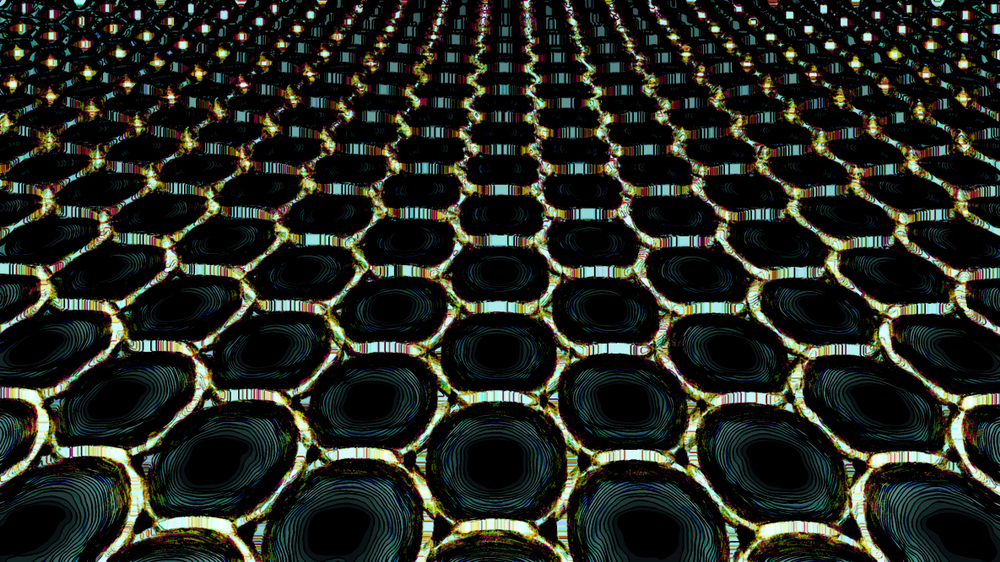
Breakthroughs in the field of nanophotonics — how light behaves on the nanometer scale — have paved the way for the invention of “metamaterials,” man-made materials that have enormous applications, from remote nanoscale sensing to energy harvesting and medical diagnostics. But their impact on daily life has been hindered by a complicated manufacturing process with large margins of error.
Now a new interdisciplinary Tel Aviv University study published in Light: Science and Applications demonstrates a way of streamlining the process of designing and characterizing basic nanophotonic, metamaterial elements. The study was led by Dr. Haim Suchowski of TAU’s School of Physics and Astronomy and Prof. Lior Wolf of TAU’s Blavatnik School of Computer Science and conducted by research scientist Dr. Michael Mrejen and TAU graduate students Itzik Malkiel, Achiya Nagler and Uri Arieli.
“The process of designing metamaterials consists of carving nanoscale elements with a precise electromagnetic response,” Dr. Mrejen says. “But because of the complexity of the physics involved, the design, fabrication and characterization processes of these elements require a huge amount of trial and error, dramatically limiting their applications.”
Deep Learning a key to precision manufacturing
“Our new approach depends almost entirely on Deep Learning, a computer network inspired by the layered and hierarchical architecture of the human brain,” Prof. Wolf explains. “It’s one of the most advanced forms of machine learning, responsible for major advances in technology, including speech recognition, translation and image processing. We thought it would be the right approach for designing nanophotonic, metamaterial elements.”
The scientists fed a Deep Learning network with 15,000 artificial experiments to teach the network the complex relationship between the shapes of the nanoelements and their electromagnetic responses. “We demonstrated that a ‘trained’ Deep Learning network can predict, in a split second, the geometry of a fabricated nanostructure,” Dr. Suchowski says.
The researchers also demonstrated that their approach successfully produces the novel design of nanoelements that can interact with specific chemicals and proteins.
Broadly applicable results
“These results are broadly applicable to so many fields, including spectroscopy and targeted therapy, i.e., the efficient and quick design of nanoparticles capable of targeting malicious proteins,” says Dr. Suchowski. “For the first time, a novel Deep Neural Network, trained with thousands of synthetic experiments, was not only able to determine the dimensions of nanosized objects but was also capable of allowing the rapid design and characterization of metasurface-based optical elements for targeted chemicals and biomolecules.
“Our solution also works the other way around. Once a shape is fabricated, it usually takes expensive equipment and time to determine the precise shape that has actually been fabricated. Our computer-based solution does that in a split second based on a simple transmission measurement.”
The researchers, who have also written a patent on their new method, are currently expanding their Deep Learning algorithms to include the chemical characterization of nanoparticles.




